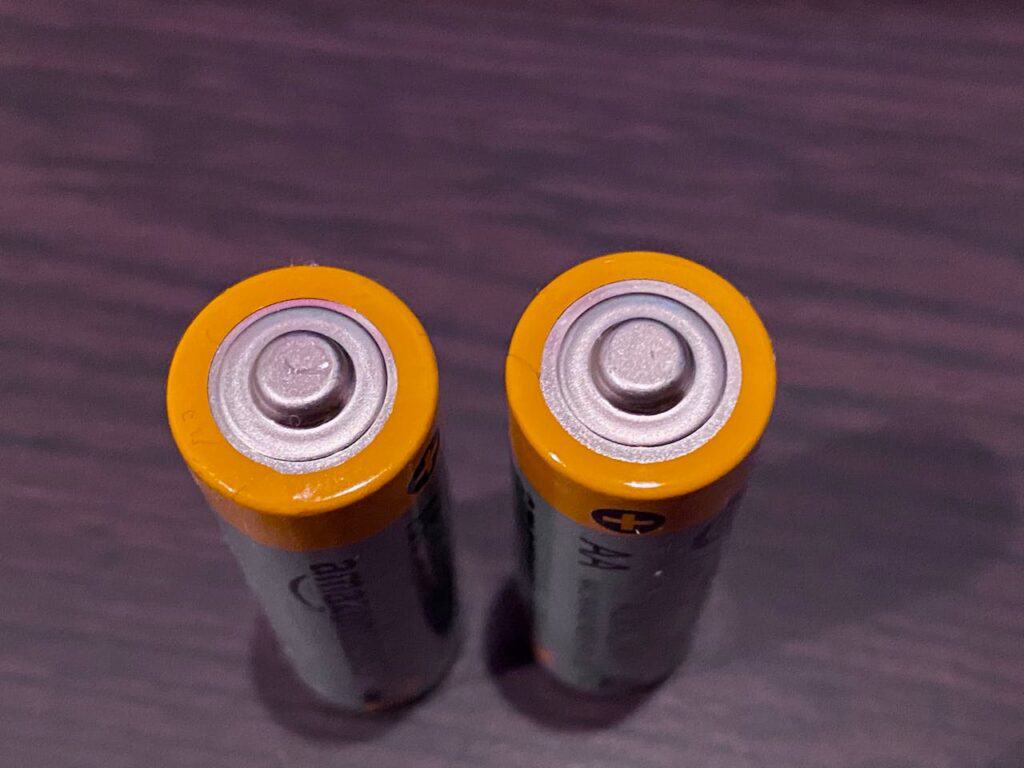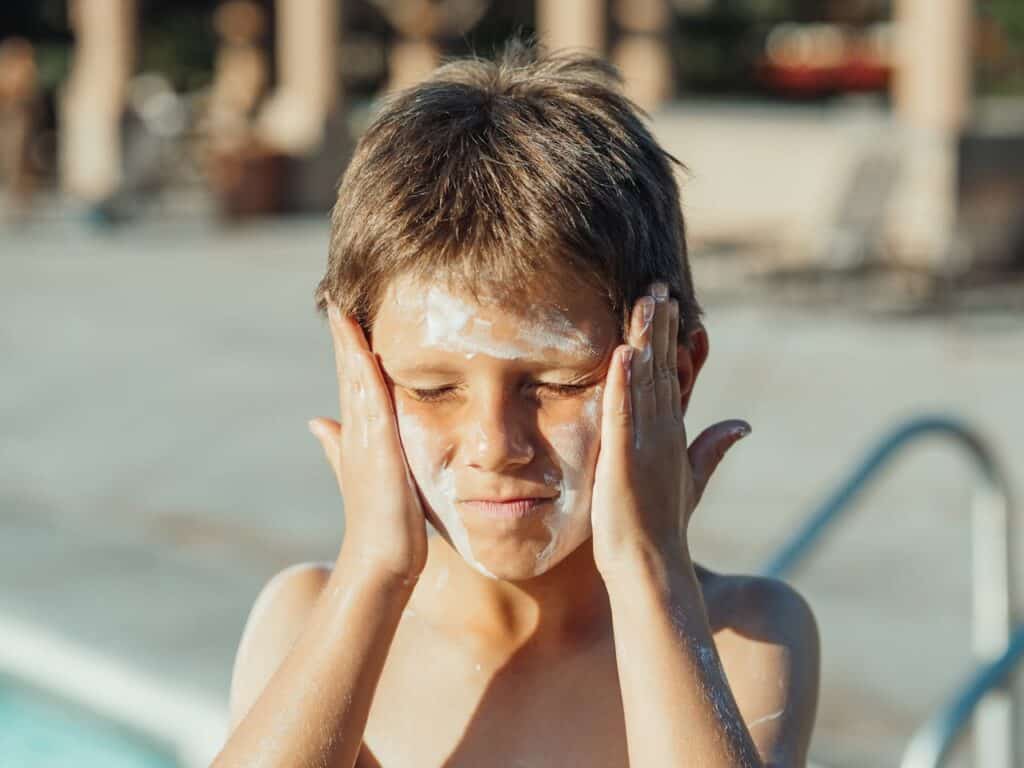When to Replace a Car Seat, Toothbrush, and More
Knowing when to replace essential family items isn’t always obvious, but it’s crucial for maintaining safety, hygiene, and effectiveness. Unlike expiration dates on food, many household and safety items don’t come with clear replacement timelines, leaving parents to guess when something has outlived its usefulness. However, using items beyond their recommended lifespan can compromise safety, reduce effectiveness, or even pose health risks to your family.
Car Seats: Every 6-10 Years or After Any Accident

Car seats expire because materials degrade over time, reducing crash protection effectiveness. Check the expiration date stamped on your seat and replace immediately after any moderate to severe accident, even if no visible damage appears. Heat, cold, and normal wear compromise structural integrity over time.
Toothbrushes: Every 3-4 Months or After Illness

Replace toothbrushes when bristles become frayed or every three to four months for optimal cleaning effectiveness. Change immediately after strep throat, flu, or other oral infections to prevent reinfection. Electric toothbrush heads follow the same timeline and should be changed regularly.
Bike Helmets: Every 5 Years or After Any Impact

Helmet foam degrades over time, reducing its ability to absorb impact during crashes. Replace any helmet that has been dropped, involved in an accident, or shows visible cracks or damage. Growing children may need size upgrades before the five-year mark.
Smoke Detector Batteries: Twice Yearly, Test Monthly

Change smoke detector batteries during daylight saving time changes for easy remembering. Test detectors monthly by pressing the test button and replace the entire unit every 10 years. Hardwired detectors still need battery backup replacements on the same schedule.
Water Filters: According to Manufacturer Guidelines

Refrigerator and pitcher water filters typically need replacement every 2-6 months depending on usage and water quality. Whole-house systems may last 3-12 months. Reduced water flow, unusual taste, or odor indicates it’s time for replacement regardless of timeline.
Mattresses: Every 7-10 Years, Sooner for Growing Kids

Adult mattresses last 7-10 years, but children’s mattresses may need replacement sooner due to accidents, growth spurts, and general wear. Replace immediately if springs are poking through, there are permanent sagging areas, or allergies worsen due to dust mite accumulation.
Sunscreen: Check Expiration Dates, Usually 2-3 Years

Sunscreen loses effectiveness over time, with most products expiring 2-3 years after manufacture. Replace opened bottles at the end of each summer season, as heat and UV exposure accelerate degradation. Never use sunscreen past its expiration date.
First Aid Kit Supplies: Check Annually, Replace Expired Items

Medications, antiseptics, and adhesive bandages lose effectiveness over time. Check your first aid kit annually, replacing expired medications and supplies that have lost their sterile packaging. Adhesive on bandages weakens with age, reducing their protective capabilities significantly.





